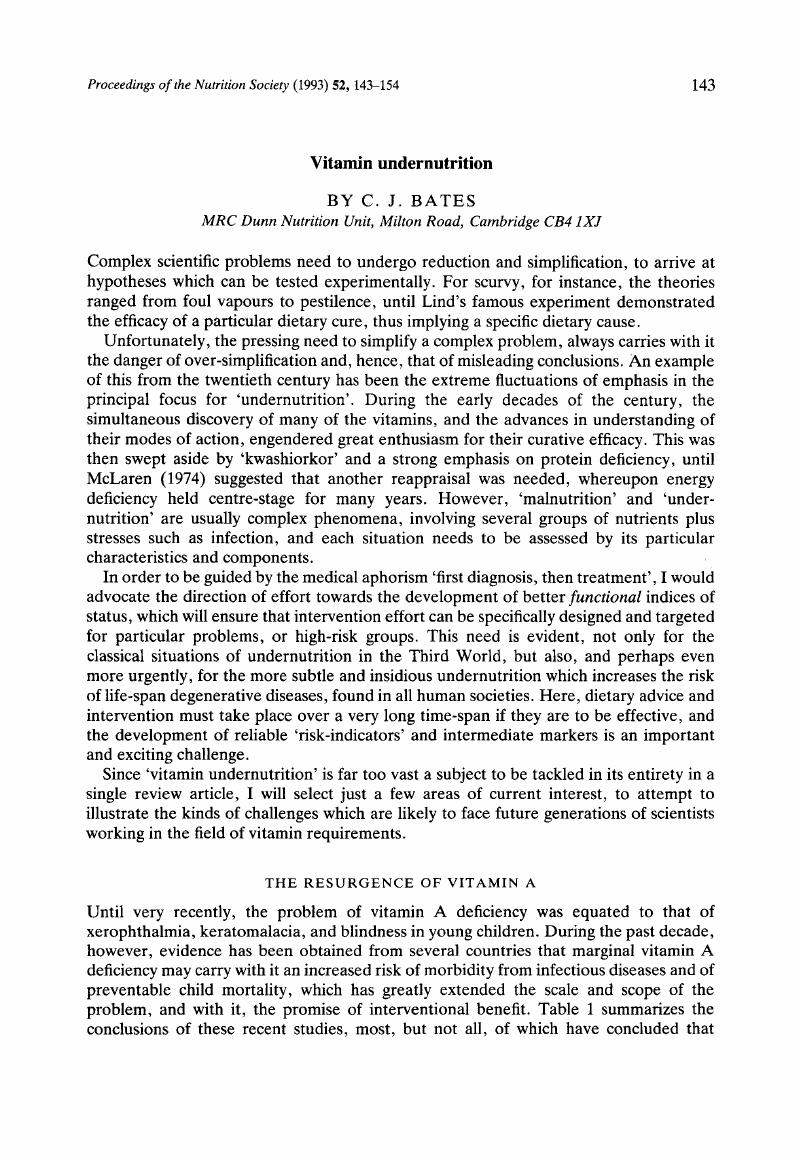Crossref Citations
This article has been cited by the following publications. This list is generated based on data provided by Crossref.
Beyer, Robert E.
1994.
The role of ascorbate in antioxidant protection of biomembranes: Interaction with vitamin E and coenzyme Q.
Journal of Bioenergetics and Biomembranes,
Vol. 26,
Issue. 4,
p.
349.
Schroeder, Donna J.
and
Lynch, Shalini S.
1994.
Drug Information Analysis Service.
Annals of Pharmacotherapy,
Vol. 28,
Issue. 9,
p.
1038.
Wynn, Margaret
and
Wynn, Arthur
1996.
Can Improved Diet Contribute to the Prevention of Cataract?.
Nutrition and Health,
Vol. 11,
Issue. 2,
p.
87.





